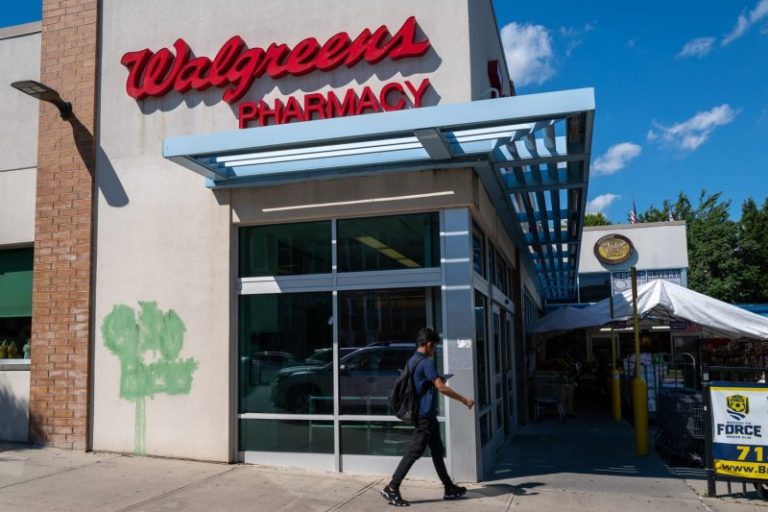Walgreens to Close 1,200 Stores Over the Next Three Years – What Does This Mean for the Retail Landscape?
The decision by Walgreens to close 1,200 stores over the next three years has sent shockwaves through the retail industry. This move reflects the constantly evolving nature of consumer behavior and the competitive landscape in which retail giants operate. The pharmacy chain’s announcement sheds light on the challenges and opportunities faced by brick-and-mortar retailers in the digital age. Let’s delve deeper into the implications of this decision and what it signifies for the retail landscape as a whole.
One of the key factors driving Walgreens’ store closures is the shift towards online shopping. In recent years, consumers have increasingly turned to e-commerce platforms for their shopping needs, drawn by the convenience and variety offered by online retailers. The rise of e-commerce giants like Amazon has revolutionized the retail industry, leading traditional retailers to rethink their strategies and adapt to changing consumer preferences.
The closure of 1,200 Walgreens stores also highlights the importance of cost-cutting measures in an increasingly competitive market. Retailers are under pressure to streamline operations and improve efficiency in order to stay afloat in a challenging environment. By closing underperforming stores, Walgreens aims to optimize its retail footprint and focus on more profitable locations. This move is part of a broader restructuring effort by the company to enhance its financial performance and drive long-term growth.
Furthermore, the decision to close stores reflects the growing trend of consolidation in the retail sector. Retail chains are facing intense competition not only from e-commerce players but also from other brick-and-mortar retailers. As a result, companies like Walgreens are looking to consolidate their operations and strengthen their market position in order to remain competitive. This trend towards consolidation is reshaping the retail landscape, with fewer players dominating the market and smaller retailers facing increasing pressure to survive.
In response to changing consumer behavior and market dynamics, retailers are also exploring new ways to enhance the customer experience and drive sales. For Walgreens, this means expanding its digital presence and investing in technology to better serve customers both online and in-store. By integrating digital solutions and personalizing the shopping experience, retailers can attract and retain customers in an increasingly crowded marketplace.
Ultimately, the closure of 1,200 Walgreens stores signals a broader shift in the retail industry towards a more agile and customer-centric approach. As retailers navigate the challenges of the digital age, they must adapt to changing consumer preferences, embrace innovation, and streamline operations to remain competitive. The retail landscape is evolving rapidly, and companies like Walgreens are at the forefront of this transformation, paving the way for a more dynamic and customer-focused retail environment.



